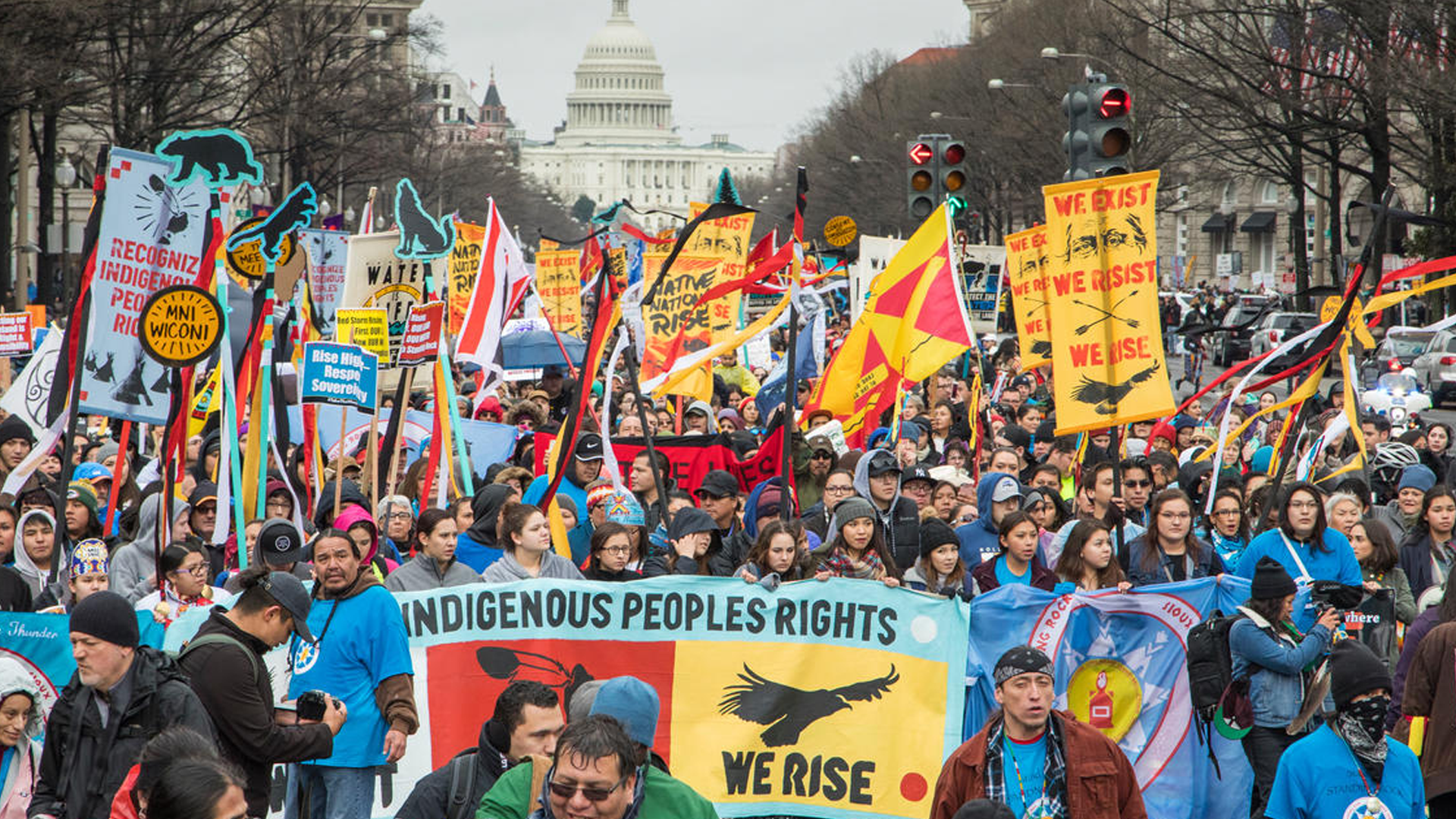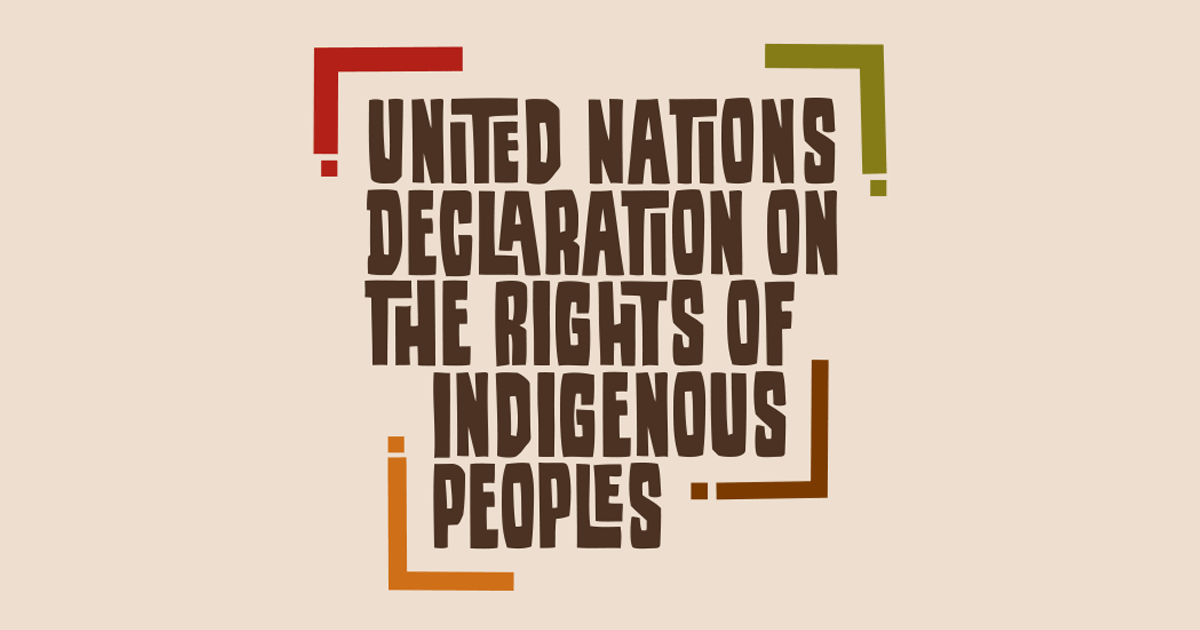UN Adopts Declaration on the Rights of Indigenous Peoples

Delegates at the United Nations General Assembly in New York City during the adoption of the Declaration on the Rights of Indigenous Peoples.
What Happened?
The fight for Indigenous recognition at the international level began long before the United Nations existed. In 1920, the Haudenosaunee Confederacy sought membership in the League of Nations, but their application was ignored. Still, Indigenous leaders kept pressing for global recognition.
Momentum grew in 1974 when representatives from nearly 100 Indigenous nations across the Americas formed the International Indian Treaty Council. Their work helped push the UN to create forums where Indigenous voices could be heard, especially on human rights and land issues.
In 1982, the UN established a Working Group on Indigenous Populations. This group spent years gathering testimony, drafting language, and pushing governments to recognize Indigenous rights—an uphill battle against centuries of colonization and discrimination.
The drafting process stretched across decades. Core issues like the right to self-determination and control of natural resources slowed progress, as many states feared it might weaken their authority or disrupt economic interests tied to Indigenous lands.
Finally, on September 13, 2007, the UN General Assembly adopted the Declaration on the Rights of Indigenous Peoples. The vote was overwhelming: 144 in favor, 11 abstentions, and only four countries against—Australia, Canada, New Zealand, and the United States.
UNDRIP affirms that Indigenous peoples have the right to maintain their cultures, languages, and institutions; to participate fully in decisions affecting their lives; and to remain distinct from the societies around them without being forced to assimilate.
Though it does not carry the force of law, UNDRIP serves as a guiding framework—a moral and political tool to challenge discrimination and demand accountability when Indigenous rights are violated.
Over time, even the four countries that voted against adoption changed course. Australia, Canada, New Zealand, and the United States all reversed their positions, eventually endorsing UNDRIP and acknowledging its importance.
The declaration is often described as a watershed because it sets minimum standards for the survival, dignity, and well-being of Indigenous peoples worldwide. It confirmed that Indigenous rights are human rights, not optional extras.
Today, UNDRIP continues to shape debates over land rights, cultural preservation, and political participation. It stands as both a symbol of how far Indigenous advocacy has come and a reminder of the ongoing work still needed to ensure justice and equality.
Why It Matters
UNDRIP is more than a declaration—it is a recognition that Indigenous peoples have always had the right to their cultures, lands, and ways of life. It challenges nations to rethink their histories of colonization and oppression, and to build futures rooted in dignity, justice, and respect. While the work is unfinished, this document remains a milestone in the global struggle for human rights.
?
Why did some countries initially resist adopting UNDRIP, and what made them change their positions later?
How does recognizing Indigenous rights challenge traditional ideas of state sovereignty?
In what ways has UNDRIP influenced real-world policies for Indigenous peoples since 2007?
What does it mean to say that Indigenous rights are human rights?
How can younger generations continue the work of advocacy and preservation for Indigenous communities?
Dig Deeper
Dr. Albert K. Barume, UN Special Rapporteur on the rights of Indigenous Peoples, explains the significance of UNDRIP and the challenges still facing Indigenous communities.
Related

Human Rights
Human rights are the basic freedoms and protections that belong to every person on Earth. They help keep people safe, ensure dignity, and make freedom, justice, and peace possible. But these rights aren’t just given—they must be understood, protected, and defended by all of us.

MLK the Disrupter and the Poor People’s Campaign
Dr. Martin Luther King Jr.’s final chapter was about more than civil rights—it was a bold demand for economic justice that challenged the nation’s values at their core.

Democracy: Government by the People
Democracy is more than voting every few years. It is a way of sharing power, protecting rights, and making sure ordinary people have a real voice in how they are governed.
Further Reading
Stay curious!
